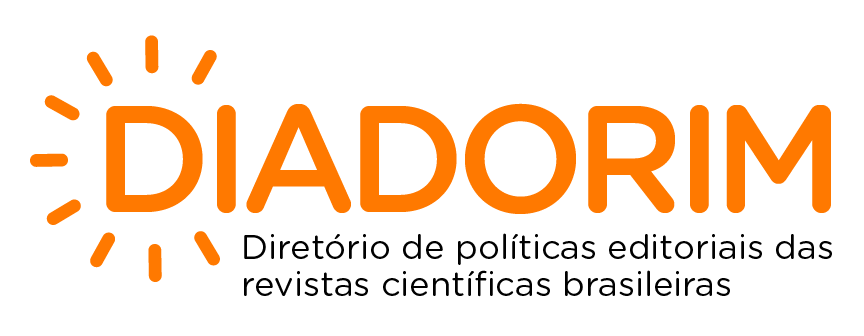PHARMACOTHERAPEUTIC FOLLOW-UP OF THROMBOPROPHYLAXIS IN THE INTENSIVE CARE UNIT
Keywords:
Venous thromboembolism. Thromboembolism prophylaxis. Thromboembolism prevention. Pharmacotherapeutic monitoring.Abstract
Objective: To Evaluate thromboprophylaxis in patients in the Intensive Care Unit. Method: Methodology: A quantitative, cross-sectional and retrospective study from June 5 to December 25, 2022, based on the analysis of electronic medical records, verifying the classification of the Padua scale, prescriptions, medical and pharmaceutical evolutions. Results: A total of 12 patients were analyzed. Of these, 25% complied with the Padua criteria and the prescription, while 75% did not comply. Of these, 50% underwent TQT with anticoagulant, 41.66% were stratified as low risk with drug prophylaxis, and 25% were at high risk without prophylaxis. A total of 21 pharmaceutical interventions were found, of which 9.52% were related to anticoagulants. UFH was found to be the most prescribed anticoagulant. Conclusions: The study showed total compliance in three patients (25%) and non-compliance in nine (75%). The action of the clinical pharmacy was observed with variable pharmaceutical recommendations for the optimization of pharmacotherapy, in addition to the use of drugs in doses and frequencies according to what is recommended in the literature. Considering that venous thromboembolism can weaken the quality of life of individuals, increase their hospital stay, and generate higher hospital expenses, adequate prophylaxis can benefit and reduce negative impacts on the patient.










